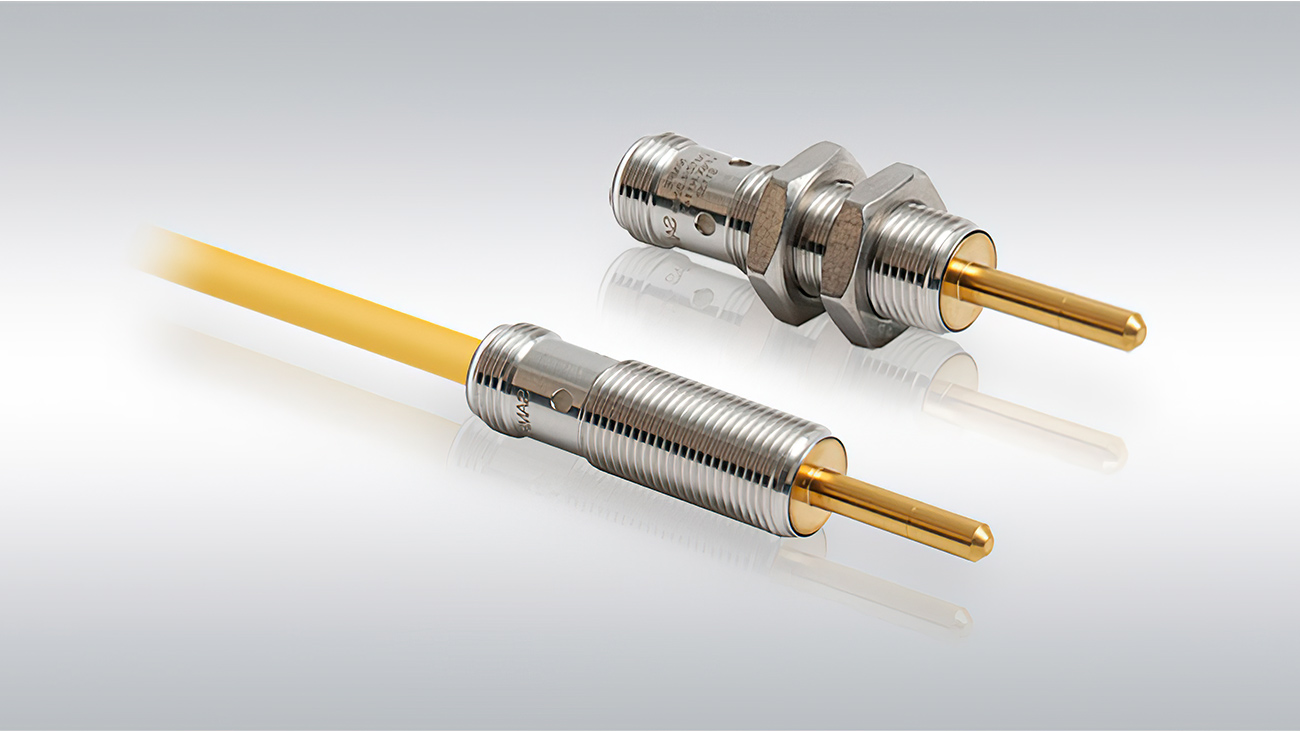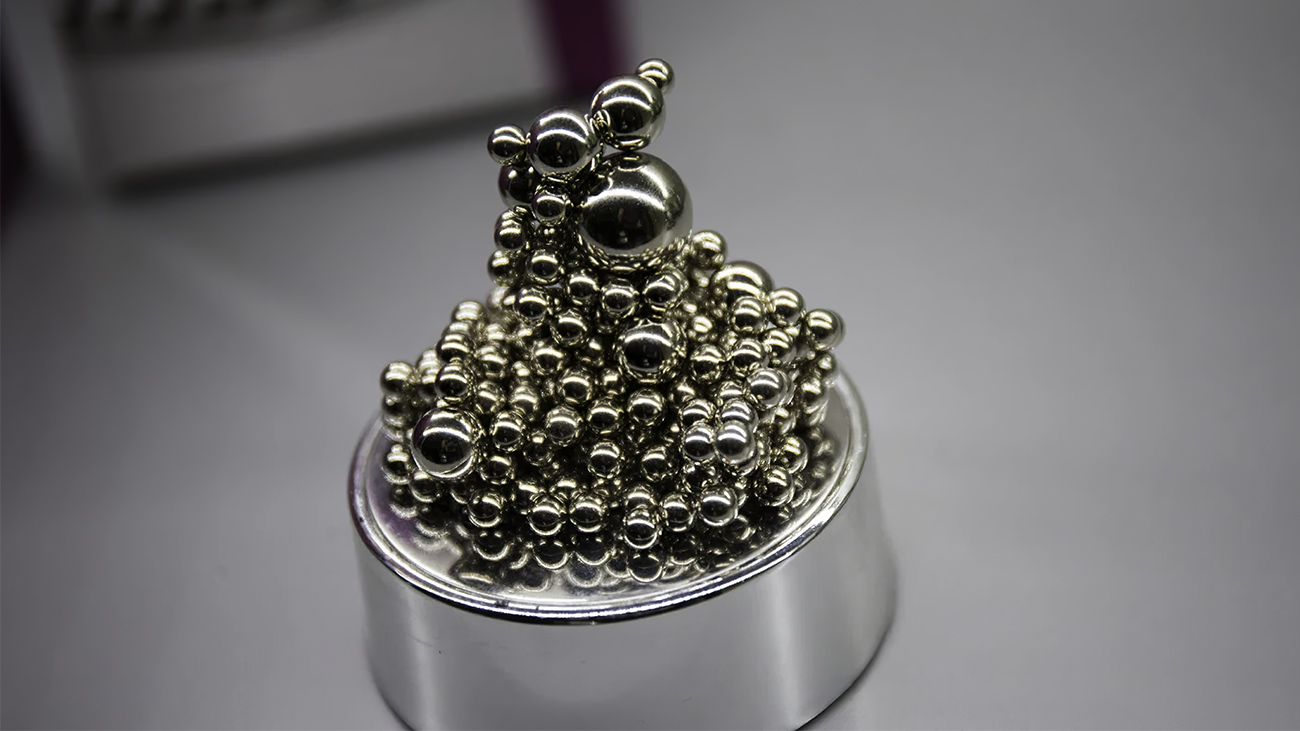Unlocking the Power of Magnetic Sensors: A Comprehensive Guide
Whether you’re an engineer, manufacturer, or simply curious about the technology, this guide will help you understand how magnetic sensors work and why they’re indispensable in today’s technology-driven world.
Table of Contents

What Are Magnetic Sensors?
A magnetic sensor is a device that detects changes in a magnetic field and converts this information into an electrical signal for further processing. These sensors are designed to sense magnetic flux density or the presence of a magnetic field and are widely used in position sensing, motion detection, current measurement, and more.
How Magnetic Sensors Work
Magnetic sensors operate by detecting the interaction between a magnet and the sensor element. When a magnetic field is applied, the sensor converts the field’s properties into an electrical signal, such as voltage or analog output. Advanced magnetic sensing technologies, such as Hall effect sensors and magnetoresistive sensors, provide accurate and reliable measurements in various environments.Magnetic sensors are widely used in industries such as automotive manufacturing, aerospace, and electronics, where precision and reliability are essential.
Types of Magnetic Sensors
Understanding the types of magnetic sensors is key to choosing the right solution for your application. Each type has unique characteristics designed for specific use cases.
1. Hall Effect Sensors
Hall effect sensors are among the most common magnetic sensors. They work by detecting the voltage generated when a current-carrying conductor is exposed to a magnetic field.
- Applications: Used in position sensing, proximity switches, and current sensing.
- Advantages: High accuracy, reliability, and ability to detect both north and south poles of a magnet.
2. Reed Switches
Reed switches are simple magnetic switches that close or open in the presence of a magnetic field.
- Applications: Found in security systems, consumer electronics, and industrial automation.
- Advantages: Durable, cost-effective, and highly responsive.
3. Magnetoresistive Sensors
These sensors rely on the change in electrical resistance caused by the presence of a magnetic field. Subtypes include anisotropic magnetoresistive (AMR) and giant magnetoresistive (GMR) sensors.
- Applications: Used in hard disk magnetic heads, high-sensitivity rotation angle sensors, and automotive systems.
- Advantages: High sensitivity and excellent precision.
4. Fluxgate Sensors
Fluxgate sensors are highly sensitive devices that detect small changes in the magnetic flux density.
- Applications: Common in geophysics, space exploration, and scientific research.
- Advantages: Exceptional accuracy in detecting weak magnetic fields.
What Is the Hall Effect and Why Is It Important?
The Hall effect is a fundamental principle in magnetic sensing. When a current flows through a conductor in the presence of a magnetic field, a perpendicular voltage is generated. This phenomenon is the basis of Hall effect sensors, which are widely used in industrial and automotive applications.
Real-World Applications of the Hall Effect
- Magnetic Proximity Sensors: Detect the presence of objects without physical contact.
- Position Sensors: Measure the position of moving parts in engines and machinery.
- Angle Sensors: Provide precise rotational or linear measurements.
The Hall element within these sensors ensures accurate and reliable detection in a variety of environments.
How Magnetic Sensors Are Used in Automotive Systems
Magnetic sensors have transformed the automotive industry, enabling advanced features such as autonomous driving, ADAS (Advanced Driver Assistance Systems), and electric vehicle performance monitoring.
Key Applications in Automotive
- Position Detection: Magnetic position sensors measure the movement of pedals, gear shifts, and steering systems.
- Motor Control: Magnetic sensors help regulate electric motors in hybrid and electric vehicles.
- Safety Features: Used in anti-lock braking systems (ABS) and airbag deployment systems.
Magnetic sensors provide non-contact and highly accurate solutions, making them indispensable in the design of modern vehicles.
Magnetic Sensing in Consumer Electronics
Magnetic sensors are integral to the performance and functionality of many consumer electronics. From smartphones to wearable devices, these sensors enable features like motion detection and power management.
Applications in Electronics
- Smartphones: Magnetic field sensors are used for compass functionality and screen orientation.
- Audio Equipment: Magnetic switches control the operation of speakers and headphones.
- Data Storage: High-sensitivity magnetic heads ensure efficient reading and writing in hard drives.
With their ability to detect changes in magnetic flux density, these sensors are paving the way for smarter, more responsive devices.
Advantages of Magnetic Sensors
Magnetic sensors offer several advantages over other sensing technologies, making them a preferred choice in many industries.
Key Benefits
- Non-Contact Operation: Magnetic sensors can detect objects without physical contact, reducing wear and tear.
- High Sensitivity: Capable of detecting even small changes in magnetic flux density.
- Versatility: Suitable for a wide range of applications, including industrial equipment, medical devices, and power tools.
These advantages make magnetic sensors highly reliable and efficient for a variety of applications.
Magnetic Sensors in Industrial Equipment
In industrial settings, magnetic sensors are used to optimize processes, improve safety, and enhance efficiency.
Common Uses
- Position Sensing: Magnetic position sensors track the movement of machinery.
- Proximity Switches: Used to detect the presence of materials or objects on production lines.
- Motor Control: Ensures precise operation in industrial motors and servo motors.
By providing real-time feedback, magnetic sensors play a crucial role in maintaining smooth and efficient operations in factories and plants.
How Magnetic Sensors Improve Medical Devices
In the medical device industry, magnetic sensors are essential for ensuring precision and reliability.
Applications in Healthcare
- MRI Machines: Magnetic sensors detect the state of the magnetic field for imaging purposes.
- Surgical Tools: Used for position detection in robotic surgery systems.
- Implantable Devices: Enable monitoring and control of pacemakers and insulin pumps.
Their ability to detect and respond to changes in magnetic flux density makes them invaluable in delivering accurate and safe medical solutions.
The Future of Magnetic Sensor Technology
As technology evolves, magnetic sensors are becoming more advanced, offering improved sensitivity, accuracy, and functionality. Innovations such as TMR (Tunneling Magnetoresistive) sensors and thin-film materials are pushing the boundaries of what magnetic sensing can achieve.
Emerging Trends
- Miniaturization: Smaller sensors for compact devices.
- Increased Sensitivity: Enhanced detection capabilities for weak magnetic fields.
- Integration with IoT: Magnetic sensors are increasingly used in smart devices and connected systems.
These advancements ensure that magnetic sensors will remain at the forefront of innovation for years to come.
Why Choose Custom NdFeB Magnets for Magnetic Sensors?
The performance of magnetic sensors often depends on the quality of the magnets used. Custom NdFeB magnets are an excellent choice due to their high magnetic strength, durability, and versatility.
Benefits of Custom NdFeB Magnets
- Precision: Tailored to meet specific requirements for magnetic sensing.
- Durability: Resistant to demagnetization and environmental factors.
- Wide Applications: Suitable for use in automotive, aerospace, and medical industries.
For high-quality magnets, explore Customized NdFeB Magnets.
Summary
- Magnetic sensors are essential for detecting and measuring magnetic fields in a variety of applications.
- They are widely used in automotive systems, consumer electronics, industrial equipment, and medical devices.
- Key types include Hall effect sensors, reed switches, magnetoresistive sensors, and fluxgate sensors.
- Their advantages include non-contact operation, high sensitivity, and versatility.
- The future of magnetic sensing lies in advancements such as TMR sensors and IoT integration.
For customized solutions, leverage Custom NdFeB Magnets.
Welcome to our factory’s custom NdFeB magnet services, where your ideas and needs become reality.
Simply share your concepts, requirements, or design drawings, and we’ll work closely with you to produce high-quality NdFeB magnets tailored to your exact specifications and performance standards.
You’ll benefit from competitive pricing, complimentary samples, and professional technical support from our dedicated team, making the customization process worry-free, safe, and cost-effective.
Our goal is to ensure that your products achieve outstanding performance with the highest level of quality and precision.
Economic Development Zone, Industrial Park, Shehong City, Sichuan Province, China.
Contact
News
US Department of Defense Allocates $5.1 Million to Recover Rare Earths from E-Waste
On January 17, 2025, the US Department of Defense announced a $5.1 million allocation to Rare Resource Recycling Inc. under the Defense Production Act.
China Revises and Implements the “Regulations for Outward Direct Investment Statistics,” Including Rare Earth Oxides
It is reported that on January 1, 2025, the Ministry of Commerce, the National Bureau of Statistics, and the State Administration of Foreign Exchange officially implemented the revised “Regulations for Outward Direct Investment Statistics.”
Canada Rare Earth Acquires Majority Stake in Laos Rare Earth Refinery
According to Magnet Materials News, on January 9, 2025, Canada Rare Earth Corp. announced plans to acquire a 70% stake in a rare earth refinery in Laos. This acquisition aims to enhance supply security and economic benefits.



